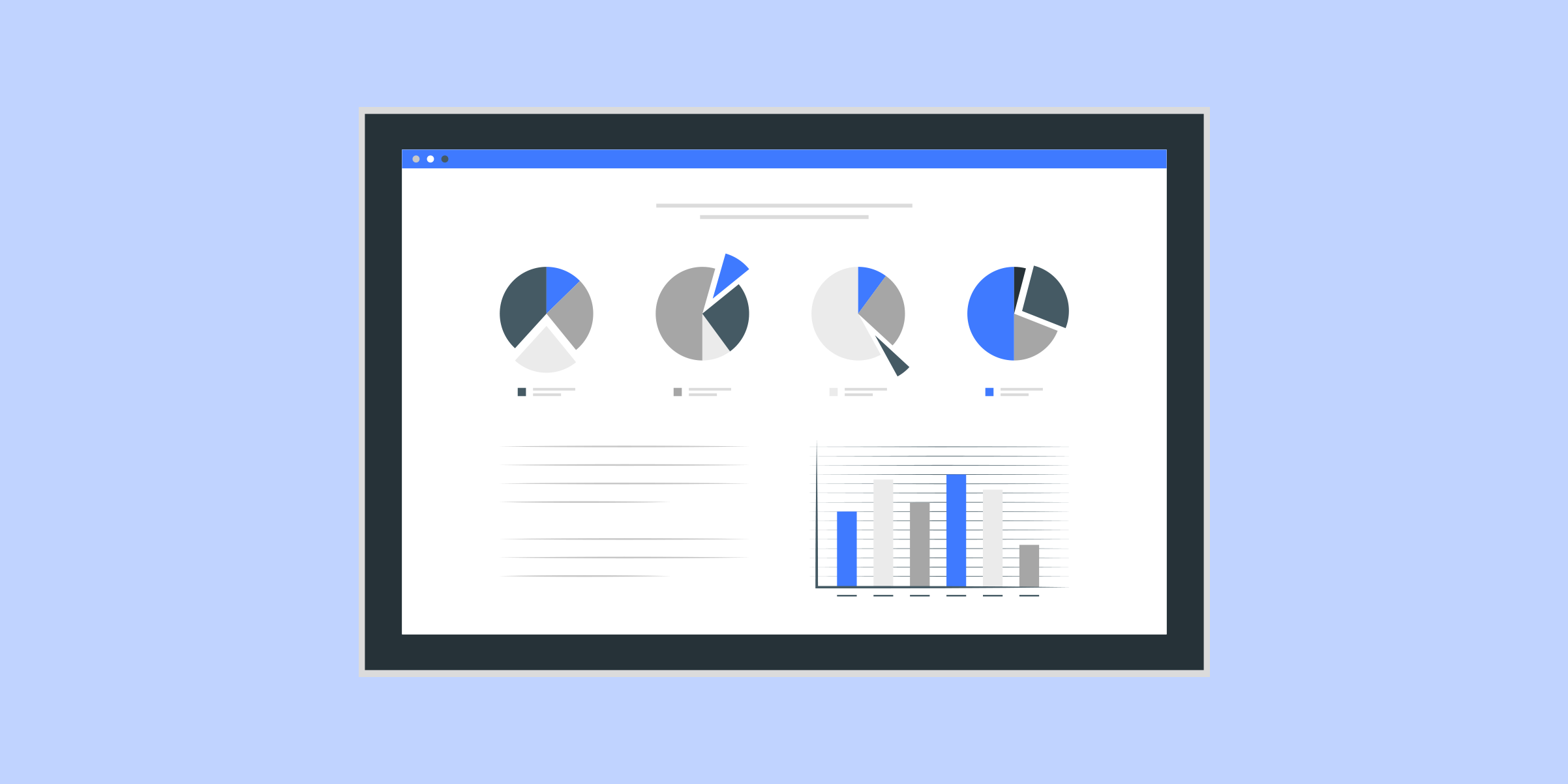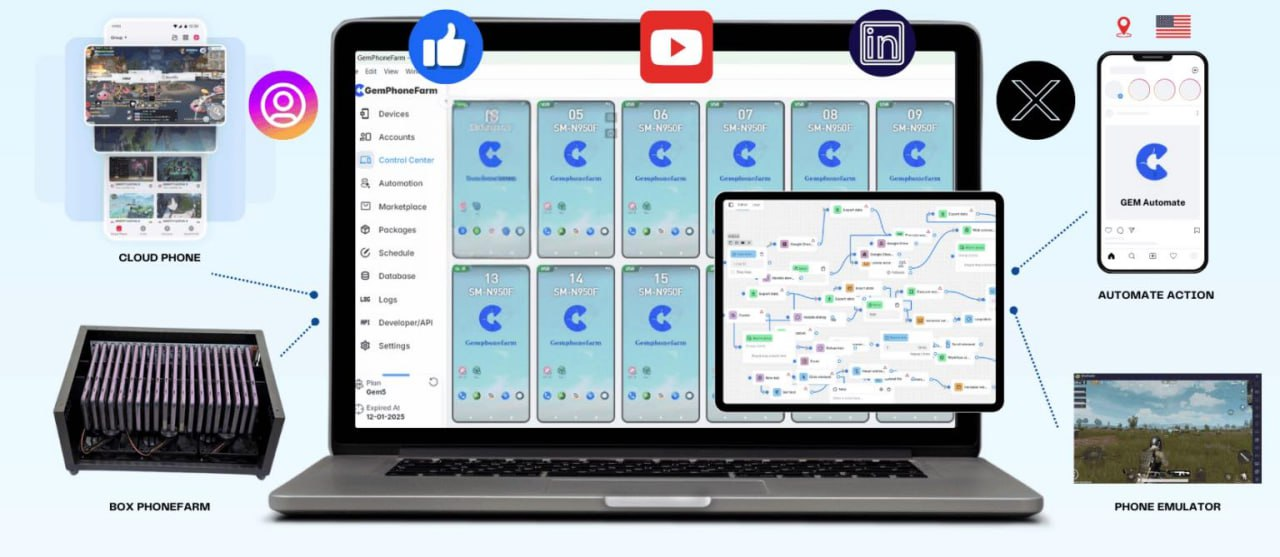Residential Proxies
Allowlisted 200M+ IPs from real ISP. Managed/obtained proxies via dashboard.

Proxies
Residential Proxies
Allowlisted 200M+ IPs from real ISP. Managed/obtained proxies via dashboard.
Residential (Socks5) Proxies
Over 200 million real IPs in 190+ locations,
Unlimited Residential Proxies
Use stable, fast, and furious 700K+ datacenter IPs worldwide.
Static Residential proxies
Long-lasting dedicated proxy, non-rotating residential proxy
Dedicated Datacenter Proxies
Use stable, fast, and furious 700K+ datacenter IPs worldwide.
Mobile Proxies
Dive into a 10M+ ethically-sourced mobile lP pool with 160+ locations and 700+ ASNs.

Web Unblocker
View content as a real user with the help of ABC proxy's dynamic fingerprinting technology.
Proxies
API
Proxy list is generated through an API link and applied to compatible programs after whitelist IP authorization
User+Pass Auth
Create credential freely and use rotating proxies on any device or software without allowlisting IP
Proxy Manager
Manage all proxies using APM interface

Proxies
Residential Proxies
Allowlisted 200M+ IPs from real ISP. Managed/obtained proxies via dashboard.
Starts from
$0.77/ GB
Residential (Socks5) Proxies
Over 200 million real IPs in 190+ locations,
Starts from
$0.045/ IP
Unlimited Residential Proxies
Use stable, fast, and furious 700K+ datacenter IPs worldwide.
Starts from
$79/ Day
Rotating ISP Proxies
ABCProxy's Rotating ISP Proxies guarantee long session time.
Starts from
$0.77/ GB
Static Residential proxies
Long-lasting dedicated proxy, non-rotating residential proxy
Starts from
$5/MONTH
Dedicated Datacenter Proxies
Use stable, fast, and furious 700K+ datacenter IPs worldwide.
Starts from
$4.5/MONTH
Mobile Proxies
Allowlisted 200M+ IPs from real ISP. Managed/obtained proxies via dashboard.
Starts from
$1.2/ GB
Knowledge Base
English
繁體中文
Русский
Indonesia
Português
Español
بالعربية

Reverse HTTP Proxy: A comprehensive guide to improving website performance and security
Introduction.
In the world of web development and hosting, it is vital to ensure that your website is performing optimally and is secure. One way to achieve this is to implement a reverse HTTP proxy. In this blog post, we will look at the concept of a reverse HTTP proxy, its benefits and how it can improve the performance and security of your website.
What is a reverse HTTP proxy?
A reverse HTTP proxy, also known as a reverse proxy server, sits between the client and the web server. It receives requests from clients and forwards them to the appropriate backend server. Unlike a traditional forward proxy, which clients use to access external resources, a reverse HTTP proxy handles incoming requests on behalf of the server.
How does it work?
When a client sends a request to access a website, it first passes through the reverse HTTP proxy server. The proxy server examines the request and forwards it to the appropriate backend server. The server processes the request and sends the response back to the proxy server, which then passes it on to the client. This process is transparent to the client as it only communicates with the proxy server.
Advantages of Reverse HTTP Proxy
1. Improved website performance
A reverse HTTP proxy can cache static content such as images, CSS files and JavaScript files. By caching these assets, subsequent requests for the same content can be served directly from the proxy server, reducing the load on the back-end server. This helps to improve website performance, reduce response times and improve the user experience.
2. Load balancing
In addition to caching, a reverse HTTP proxy can distribute incoming requests across multiple backend servers. This enables load balancing, ensuring that no single server is overwhelmed with traffic. By spreading the load, a reverse proxy can handle increased traffic and prevent server downtime or slowdowns during peak usage periods.
3. Improved security
A reverse HTTP proxy acts as a barrier between clients and backend servers. By hiding the server's IP address and other sensitive information, it adds an extra layer of security to your website. In addition, a reverse proxy can be configured to filter requests, block malicious traffic and mitigate DDoS attacks. It can also provide SSL termination, offloading the encryption and decryption processes from the backend server.
4. Simplified infrastructure
Implementing a reverse HTTP proxy allows for a simplified infrastructure setup. Instead of exposing multiple backend servers directly to the Internet, the proxy server can act as a single entry point. This not only improves security, but also simplifies network configuration and management.
The bottom line
A reverse HTTP proxy is a powerful tool that can significantly improve website performance and security. By caching static content, load balancing incoming requests, improving security and simplifying infrastructure setup, it offers numerous benefits to website owners. If you want to take your website to the next level, consider implementing a reverse HTTP proxy and enjoy the improved performance and security it brings.
Remember to do your research and consult with experts to ensure proper configuration and optimisation of your reverse proxy server.
Featured Posts
Popular Products
Residential Proxies
Allowlisted 200M+ IPs from real ISP. Managed/obtained proxies via dashboard.
Residential (Socks5) Proxies
Over 200 million real IPs in 190+ locations,
Unlimited Residential Proxies
Use stable, fast, and furious 700K+ datacenter IPs worldwide.
Rotating ISP Proxies
ABCProxy's Rotating ISP Proxies guarantee long session time.
Residential (Socks5) Proxies
Long-lasting dedicated proxy, non-rotating residential proxy
Dedicated Datacenter Proxies
Use stable, fast, and furious 700K+ datacenter IPs worldwide.
Web Unblocker
View content as a real user with the help of ABC proxy's dynamic fingerprinting technology.
Related articles

2025 Easy-to-use Anti-detect Browser - BitBrowser
2025 Easy-to-use Anti-detect Browser - BitBrowser, ABCProxy

Unlock the Power of Genlogin with ABCproxy: A Game-Changing Combination
Looking for a reliable Genlogin service? ABCproxy has got you covered. Discover secure and seamless login solutions with Genlogin on ABCproxy for ultimate online protection. Safeguard your data with ease.

Unlock Untraceable Surfing: Gemlogin Antidetect Browser Boosted by ABC Proxy
Gemlogin Antidetect Browser With ABC Proxy provides advanced security features for online activities. Enjoy secure browsing with anonymity and protection. Safeguard your data with this powerful combination of features.